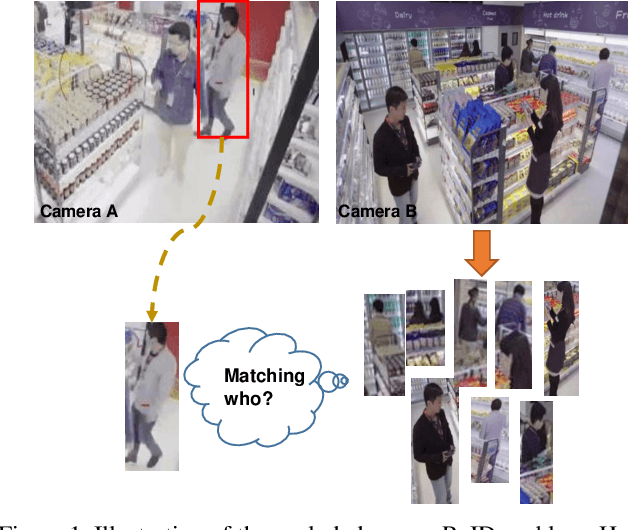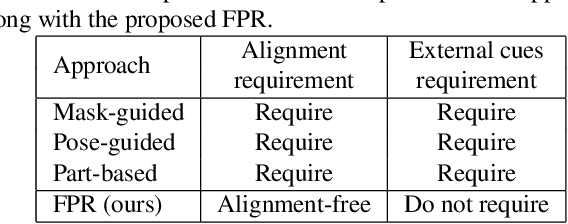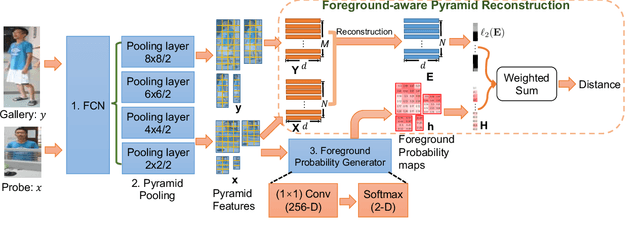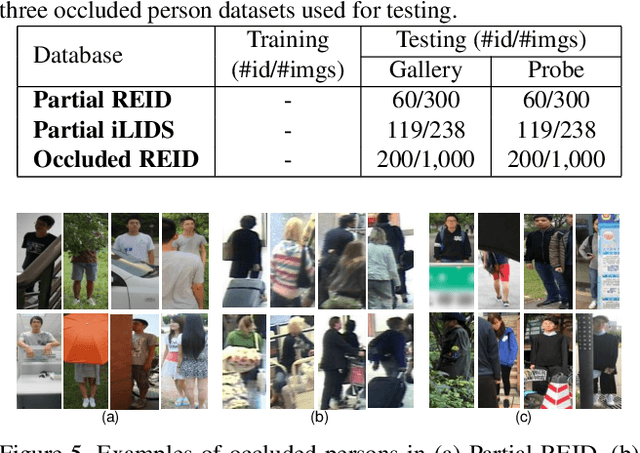Yinggang Wang
Serving Large Language Models on Huawei CloudMatrix384
Jun 15, 2025



Abstract:The rapid evolution of large language models (LLMs), driven by growing parameter scales, adoption of mixture-of-experts (MoE) architectures, and expanding context lengths, imposes unprecedented demands on AI infrastructure. Traditional AI clusters face limitations in compute intensity, memory bandwidth, inter-chip communication, and latency, compounded by variable workloads and strict service-level objectives. Addressing these issues requires fundamentally redesigned hardware-software integration. This paper introduces Huawei CloudMatrix, a next-generation AI datacenter architecture, realized in the production-grade CloudMatrix384 supernode. It integrates 384 Ascend 910C NPUs and 192 Kunpeng CPUs interconnected via an ultra-high-bandwidth Unified Bus (UB) network, enabling direct all-to-all communication and dynamic pooling of resources. These features optimize performance for communication-intensive operations, such as large-scale MoE expert parallelism and distributed key-value cache access. To fully leverage CloudMatrix384, we propose CloudMatrix-Infer, an advanced LLM serving solution incorporating three core innovations: a peer-to-peer serving architecture that independently scales prefill, decode, and caching; a large-scale expert parallelism strategy supporting EP320 via efficient UB-based token dispatch; and hardware-aware optimizations including specialized operators, microbatch-based pipelining, and INT8 quantization. Evaluation with the DeepSeek-R1 model shows CloudMatrix-Infer achieves state-of-the-art efficiency: prefill throughput of 6,688 tokens/s per NPU and decode throughput of 1,943 tokens/s per NPU (<50 ms TPOT). It effectively balances throughput and latency, sustaining 538 tokens/s even under stringent 15 ms latency constraints, while INT8 quantization maintains model accuracy across benchmarks.
Foreground-aware Pyramid Reconstruction for Alignment-free Occluded Person Re-identification
Apr 11, 2019



Abstract:Re-identifying a person across multiple disjoint camera views is important for intelligent video surveillance, smart retailing and many other applications. However, existing person re-identification (ReID) methods are challenged by the ubiquitous occlusion over persons and suffer from performance degradation. This paper proposes a novel occlusion-robust and alignment-free model for occluded person ReID and extends its application to realistic and crowded scenarios. The proposed model first leverages the full convolution network (FCN) and pyramid pooling to extract spatial pyramid features. Then an alignment-free matching approach, namely Foreground-aware Pyramid Reconstruction (FPR), is developed to accurately compute matching scores between occluded persons, despite their different scales and sizes. FPR uses the error from robust reconstruction over spatial pyramid features to measure similarities between two persons. More importantly, we design an occlusion-sensitive foreground probability generator that focuses more on clean human body parts to refine the similarity computation with less contamination from occlusion. The FPR is easily embedded into any end-to-end person ReID models. The effectiveness of the proposed method is clearly demonstrated by the experimental results (Rank-1 accuracy) on three occluded person datasets: Partial REID (78.30\%), Partial iLIDS (68.08\%) and Occluded REID (81.00\%); and three benchmark person datasets: Market1501 (95.42\%), DukeMTMC (88.64\%) and CUHK03 (76.08\%)
 Add to Chrome
Add to Chrome Add to Firefox
Add to Firefox Add to Edge
Add to Edge